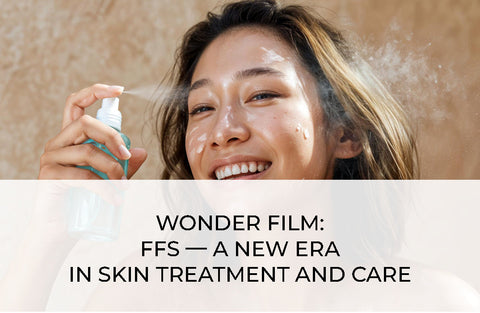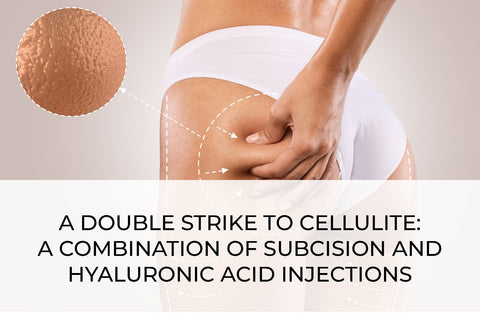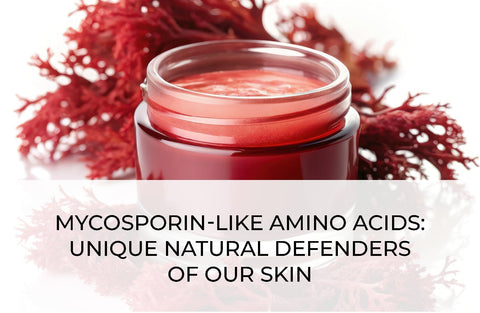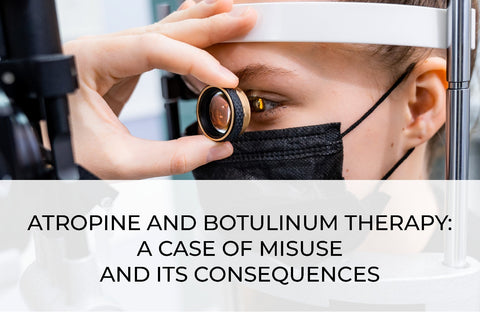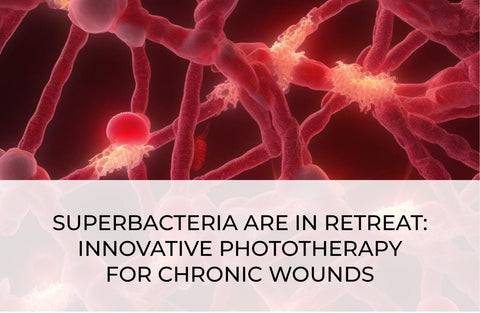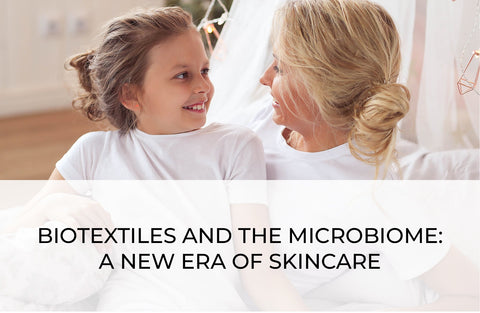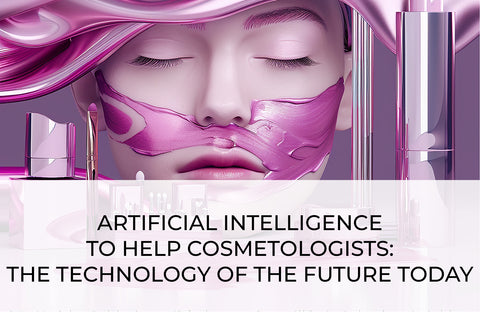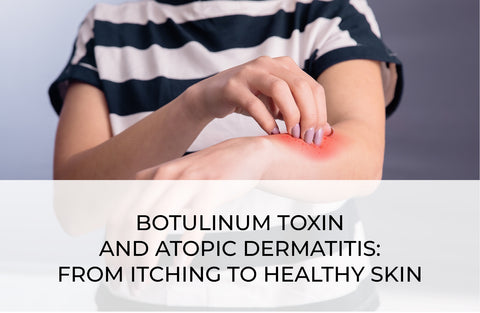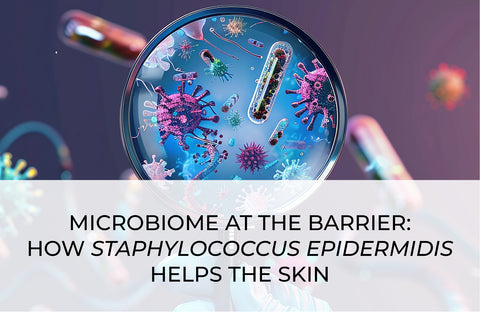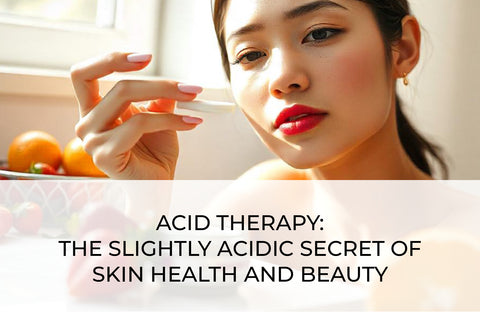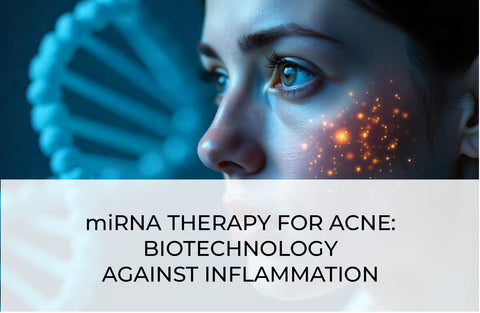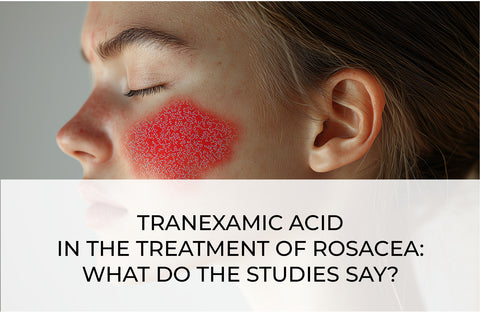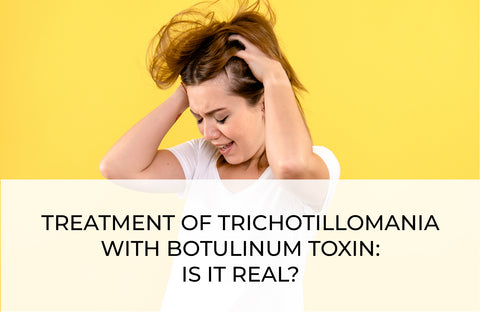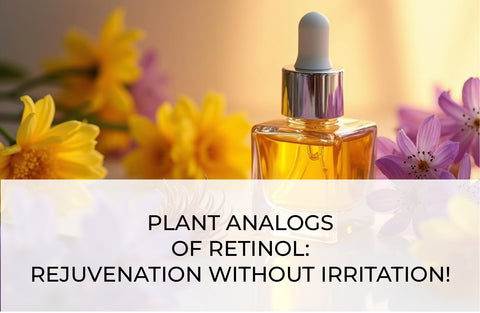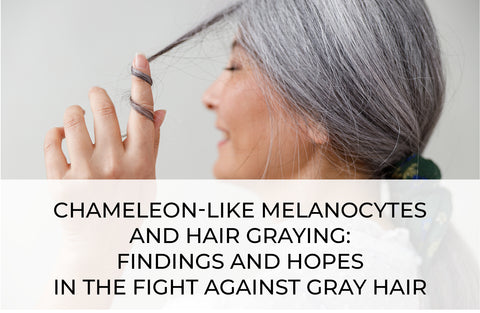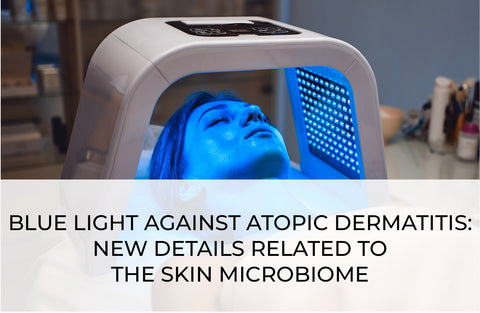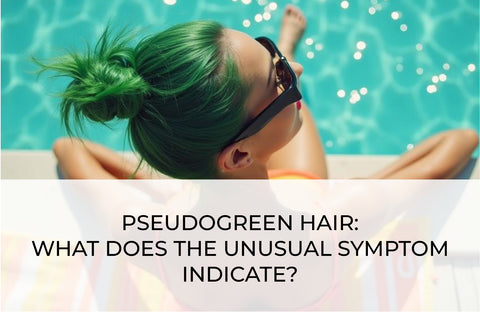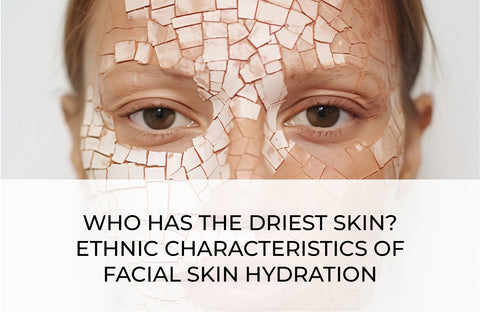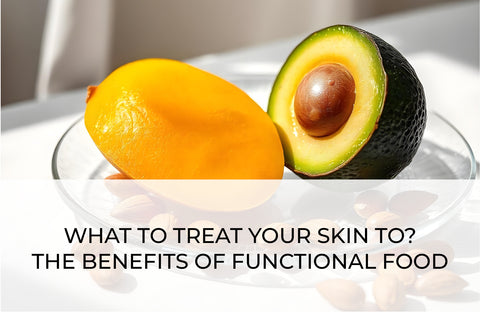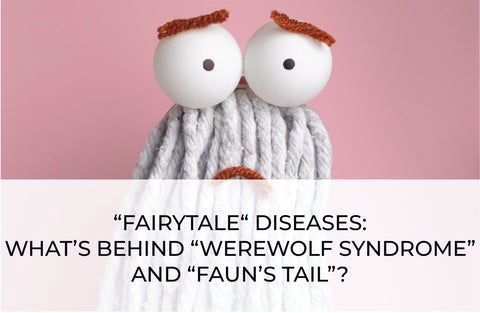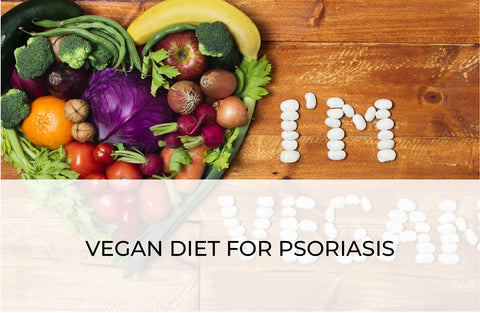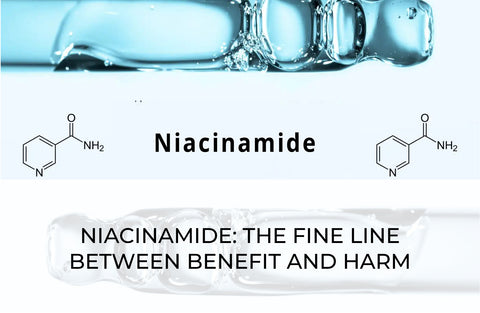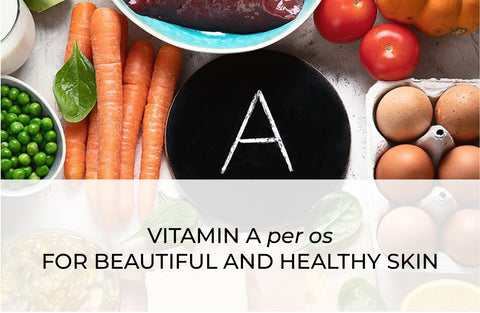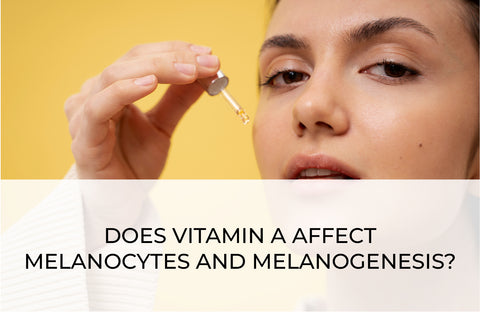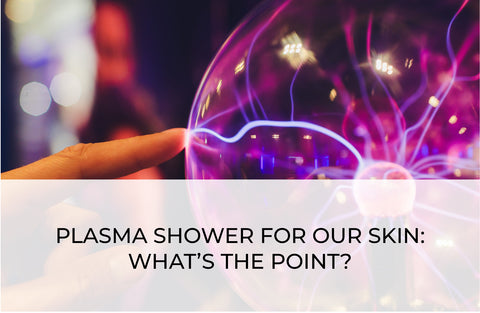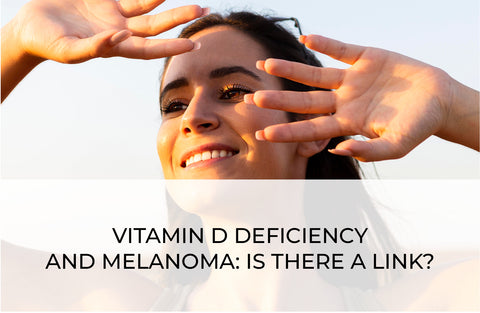SUPERBACTERIA ARE IN RETREAT: INNOVATIVE PHOTOTHERAPY FOR CHRONIC WOUNDS
MOFs: the basis of the technology
The technology is based on metal-organic frameworks (MOFs) [1], which are porous crystalline materials composed of metal ions bound by organic ligands [2]. In this case, MIL-100(Fe) MOFs constructed from iron (Fe) ions and organic trimesic acid molecules are used [3]. This highly porous structure has a large specific surface area, which allows for efficient “packing” of IR775 photothermal dye molecules inside. MIL-100(Fe) nanoparticles with integrated IR775 are prepared using a method that eliminates toxic solvents [4]. Due to this, the nanoparticles have high biocompatibility and low toxicity [5].
The MIL-100(Fe)@IR775 nanoparticles are then integrated into the gelatin matrix of the dressing, which is well known for its biocompatibility and ability to promote wound healing [6]. The gelatin backing provides elasticity and ease of dressing use.
Photodynamic therapy (PDT): procedure parameters
Photodynamic therapy (PDT) is a treatment method based on using a photosensitizer (in this case, IR775) that accumulates in bacterial cells. When irradiated with light of a specific wavelength (in this case, near-infrared light with a wavelength of 808 nm), the photosensitizer is activated. It generates reactive oxygen species (ROS) that destroy bacterial cells [7].
A unique light source is used to perform PDT, such as an LED laser with a wavelength of 808 nm. The procedure is usually 10 minutes with a 96 mW/cm² radiation power. The frequency and total number of treatments depends on the severity of the infection and is determined individually by the physician.
Research results
Scientists conducted in vitro and in vivo experiments to prove the technology’s effectiveness. They showed that MIL-100(Fe)@IR775 nanoparticles effectively kill methicillin-resistant Staphylococcus aureus (MRSA) and E. coli, both through photothermal and photodynamic action [8]. Tests on animal models confirmed the new phototherapeutic dressings’ high efficacy in healing MRSA-infected wounds [9].
Conclusion
The developed technology of phototherapeutic dressings based on metal-organic frameworks (MOFs) shows significant potential in treating infected wounds, especially those caused by antibiotic-resistant bacteria.
This approach’s uniqueness lies in the synergistic combination of photodynamic and photothermal therapy using biocompatible and low-toxicity MIL-100(Fe)@IR775 MOFs nanoparticles. Integrating the photothermal dye IR775 within the porous structure of the MOFs provides high photostability and efficiency, differentiating this technology from many existing phototherapy methods. The combination of these techniques and IR775’s antimicrobial properties allows for high efficacy with minimal damage to surrounding tissues.
The technology is currently in the active research phase. Although numerous in vitro and in vivo experiments have shown high efficacy, there are no commercial products based on this technology yet. However, the results obtained offer tantalizing prospects for further development and commercialization. Future research should be aimed at optimizing PDT parameters, studying the influence of various factors on treatment efficacy, and conducting large-scale clinical trials to confirm the safety and effectiveness of the technology in actual clinical practice. Successful commercialization of this technology could significantly improve the treatment of various types of infected wounds and contribute to the fight against antibiotic resistance.
References
- Murray C.J.L., Ikuta K.S., Sharara F., et al. Global burden of bacterial antimicrobial resistance in 2019: a systematic analysis. The Lancet. 2022; 399(10339): 629–671.
- Horcajada P., Gref R., Baati T. et al. Porous metal-organic frameworks as platforms for the development of functional materials. Chem Rev. 2012; 112(2): 1232–1268.
- Ma X., Yu Z., Nouar F. et al. MIL-100(Fe) Nanoparticles with tunable defect content for biomedical applications. Chem Materials. 2024; 36(1): 167–177.
- Christodoulou I., Bourguignon T., Li X. et al. MIL-100(Fe) nanoparticles for preparing injectable biocompatible materials: A simple and eco-friendly method. Nanomaterials. 2021; 11(11): 3470.
- Baati T., Njim L., Neffati F. et al. Metal-organic frameworks as drug delivery systems: Recent advances. Chem Soc Revi. 2013; 42(20): 8029–8053.
- Montazerian H., Davoodi E., Baidya A. et al. Bioactive hydrogels for wound healing. Chem Rev. 2022; 122(17): 12864–12914.
- Duong T., Li X., Yang B. et al. Encapsulation of hydrophobic heptamethine cyanine dyes into biocompatible polymeric nanoparticles. Nanomed Nanotechnol Biol Med. 2017;13(1): 955–964.
- Lucas T., Linger C., Naillon T. et al. Multifunctional theranostic nanoparticles based on biocompatible iron-based metal-organic frameworks for photoacoustic and photothermal therapies. Nanoscale. 2023; 15(39): 17085–17098.
- Alves C. G., Lima-Sousa R., Melo B. L. et al. Photodynamic and photothermal therapy for the treatment of bacterial infections: a review. Pharmaceutics. 2022; 14(12): 2522.


